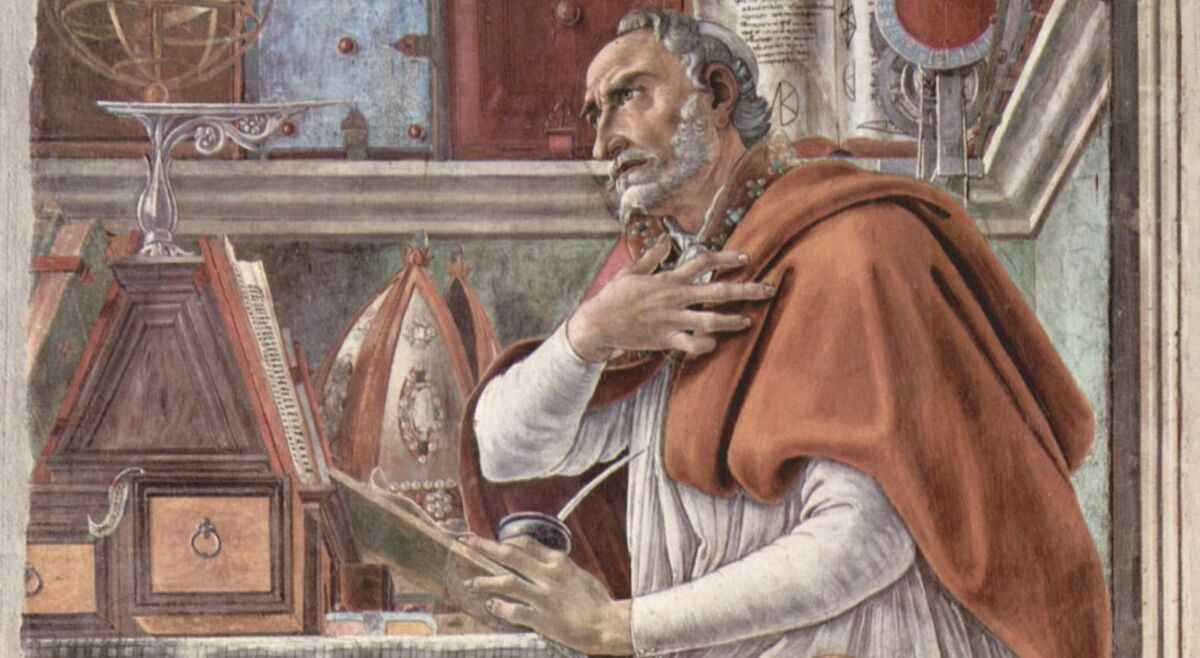The concepts covered in this sheet go beyond those seen in secondary school. It is intended as a supplement for those who are curious to find out more.
Christianity was born during the Roman Empire. During the first centuries, the bearers of the message transmitted by Jesus tried to convey the new values, such as love, forgiveness and peace, that were associated with it. The first Christians preached in the synagogues where they tried to convert Jews and pagans.
Christianity is the group of religions based on the teachings of Jesus Christ. The main religions of Christianity are Catholicism, Orthodoxy and Protestantism.
The situation of the first Christians rapidly worsened, as Christianity was not recognised as a religion, but as a sect. The nascent religion was radically opposed to the imperialism imposed by Roman society. Although the Christian religion was becoming increasingly organised (communities, bishops, etc.), it was still banned in the Empire. Despite this, Christians persevered in practising their religion underground, even though they were victims of persecution and intolerance.
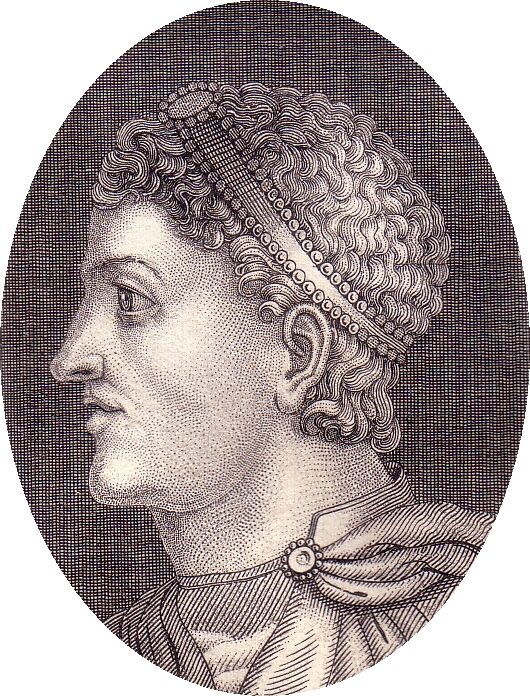
Representation of Theodosius 1st
Constantine 1st converted to Christianity in 313 and Theodosius 1st recognised the Christian religion as the sole state religion in 380. As a result, paganism (pagan religion) was outlawed at this time and the pagans were in turn persecuted. The small clandestine Christian communities were replaced by churches and bishoprics. A number of bishoprics were established and became increasingly influential throughout the Empire, in Alexandria, Jerusalem, Antioch, Constantinople and Rome. At that time, the main task of the bishopric of Rome was to convert and guide the commoners or the people of the West. They had to recognise the authority of the Church of Rome. It should be pointed out that most of the regions converted were located in the eastern part of the Roman Empire.
In 400, the Bible was translated entirely into Latin. This translation, known as the vulgate, became the official version of the Church. It was at this time that Latin spread throughout the population. The language had an impact on the unification of the commoners or the people and religious practices.
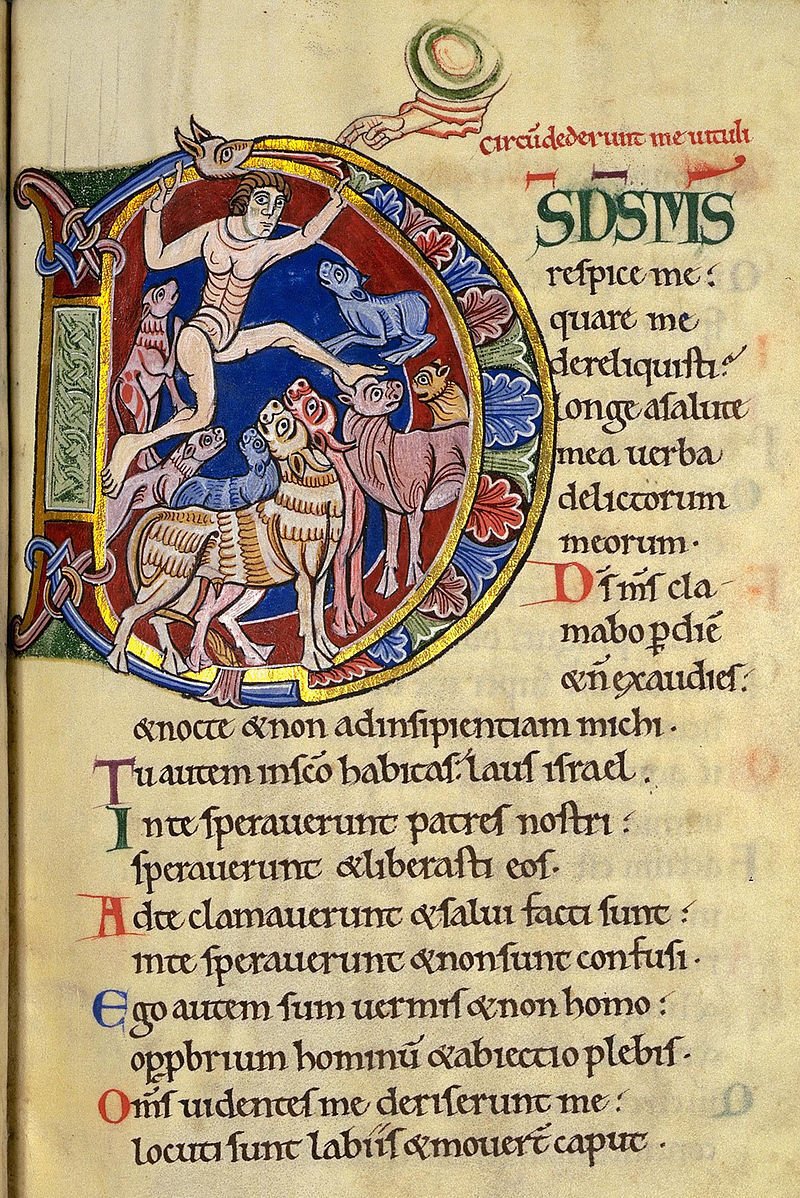
Extract from the Vulgate
The leaders, kings, nobles and clergy all spoke Latin. They set about spreading the use of correct Latin by creating works written with correct grammar. In addition, several schools were set up in the bishoprics and a number of copyist centres were opened to spread the language through manuscripts.
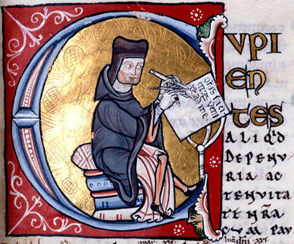
A copyist monk in the Middle Ages
The commoners or the people also integrated the Latin language. The old popular dialects were amalgamated (mixed) with Latin to gradually give rise to modern languages (French, Spanish, Italian, etc.).
The 5th century saw the fall of the Roman Empire. It was at this time that the Pope was able to impose the religious and state power of the Papacy. As the territory was no longer linked to the empire and the emperor, the Church tried to take over the vacant position. Between the 5th and the 9th centuries, the power of the Bishops of Rome slowly took over the entire western territory of the former Roman Empire. The Church drew up and implemented (very strict) dogmatic and legal Papal edicts. These Papal edicts defined and imposed orthodox forms of faith and religious practice. The Church condemned and reprimanded those who did not comply, accusing them of being heretics.
At the time, the real centre of Christianity was still in the East, where theology developed and religious differences arose. Christianity was in conflict with the Islamic threat and the Byzantine empire. There was no stability in the West at this time. Several internal and external wars were taking place throughout Western Europe.
By the end of the 5th century, every major city in the former Roman Empire had its own bishopric. The bishopric provided an administrative framework for the cities, taking advantage of the collapse of the imperial structures. Christian thought was greatly developed by early theologians such as Saint Augustine. His ideas greatly influenced Christian practice for centuries to come.
During the same period, many Christians gathered together to live in monasteries. The monks' daily lives were governed by strict Papal edict prohibiting personal property. Finally, to ensure its power and influence, the Christian Church embarked on a vast conversion campaign from the 6th century onwards. Conversion to Christianity then became a political act. The Church ensured its power and influence when a king converted and encouraged his commoners or the people to do likewise. For their part, the converted kings benefited from the protection and influence of the Church in their territories. Christianisation also fostered a trade networks between the various converted territories.
In 481, Clovis succeeded his father as King of the Franks. At the time, there was no longer a Roman emperor in the West. Gaul, the territory occupied by the Franks, was being invaded by Barbarians. By the time Clovis came to power, two clans were ready to take control of Gaul and spread their power.

Clovis
Throughout his reign, Clovis acted to defend his dominion over Gaul and to prevent the Barbarians from taking control. Through the strength of his army, he succeeded in defeating the invaders and bringing all the Franks under his authority.
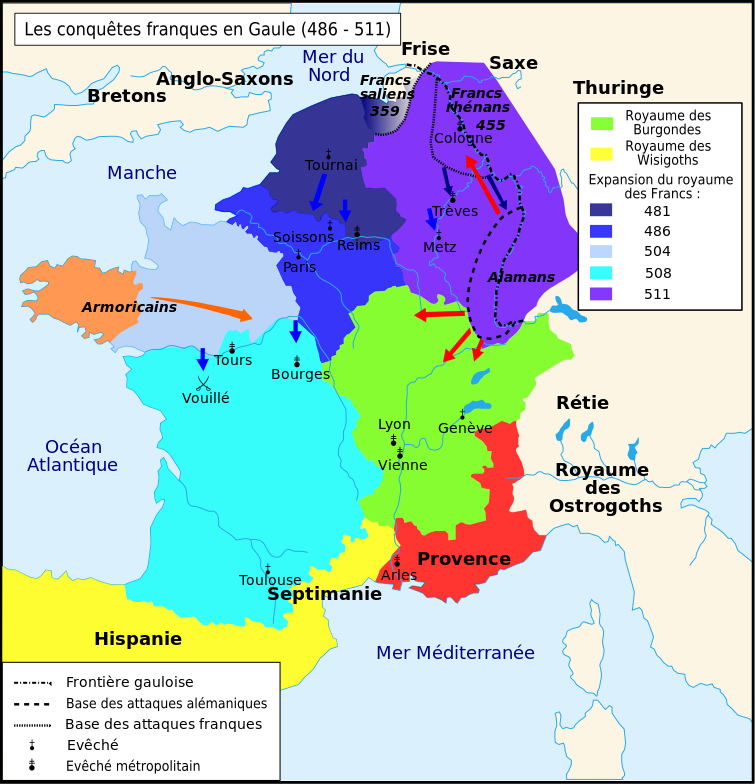
Territories conquered by Clovis between 486 and 511
On the other hand, the threat of invasion remained. In 498, Clovis decided to convert to Christianity. According to the legend, the King of the Franks had been thinking about this conversion since the day he found himself in a bad position during a battle. He shouted that if he won, he would convert. According to the legend, the situation was reversed after this cry and Clovis won the battle. He therefore converted on 25 December 498.
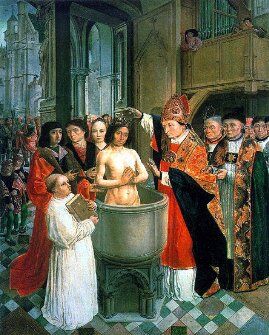
The baptism of Clovis
This conversion enabled Clovis to enlist the help of the bishops and propose a Christian alliance between the Franks and the Romans. Clovis' act also encouraged thousands of Franks to choose this religion. 3,000 newly converted Frankish warriors helped Clovis conquer Gaul.
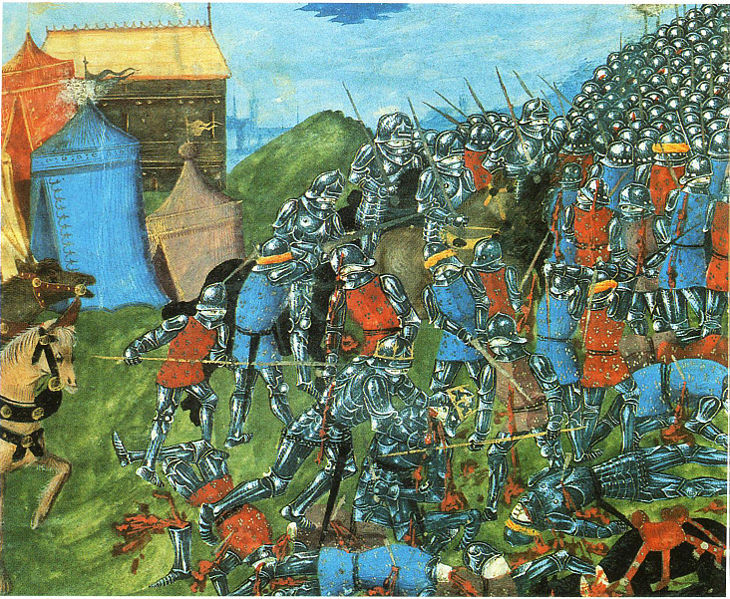
Battle of the Franks
Charlemagne was a member of the Carolingian dynasty. This dynasty ruled France between the middle of the 8th century and the end of the 11th century, between the Merovingians and the Capetians. It was during this same period that the authority of Rome gradually imposed itself on the European landscape. This rise to power explains the new organisation of the monarchy.

Charlemagne
The Carolingian dynasty, strongly supported by the Church, succeeded in multiplying its conquests, mainly during the reign of Charlemagne.
Charlemagne reigned for 46 years, from 768 to 814. When he came to power, he not only inherited the throne, but also the possessions of the Franks: the territory of Gaul and part of Germania. Initially King of the Franks (768), he successively became King of the Lombards (774) and Emperor of the West (800). During his reign, Charlemagne led 53 military campaigns. Military decisions were taken each year at a meeting involving all the military officers in the kingdom.
Thanks to these military campaigns, the king succeeded in building up the largest territory in Europe since the fall of the Roman Empire. In all his conquests, Charlemagne used Christianisation as a means of assimilating the conquered commoners or the people. Charlemagne's capital city was Aachen.
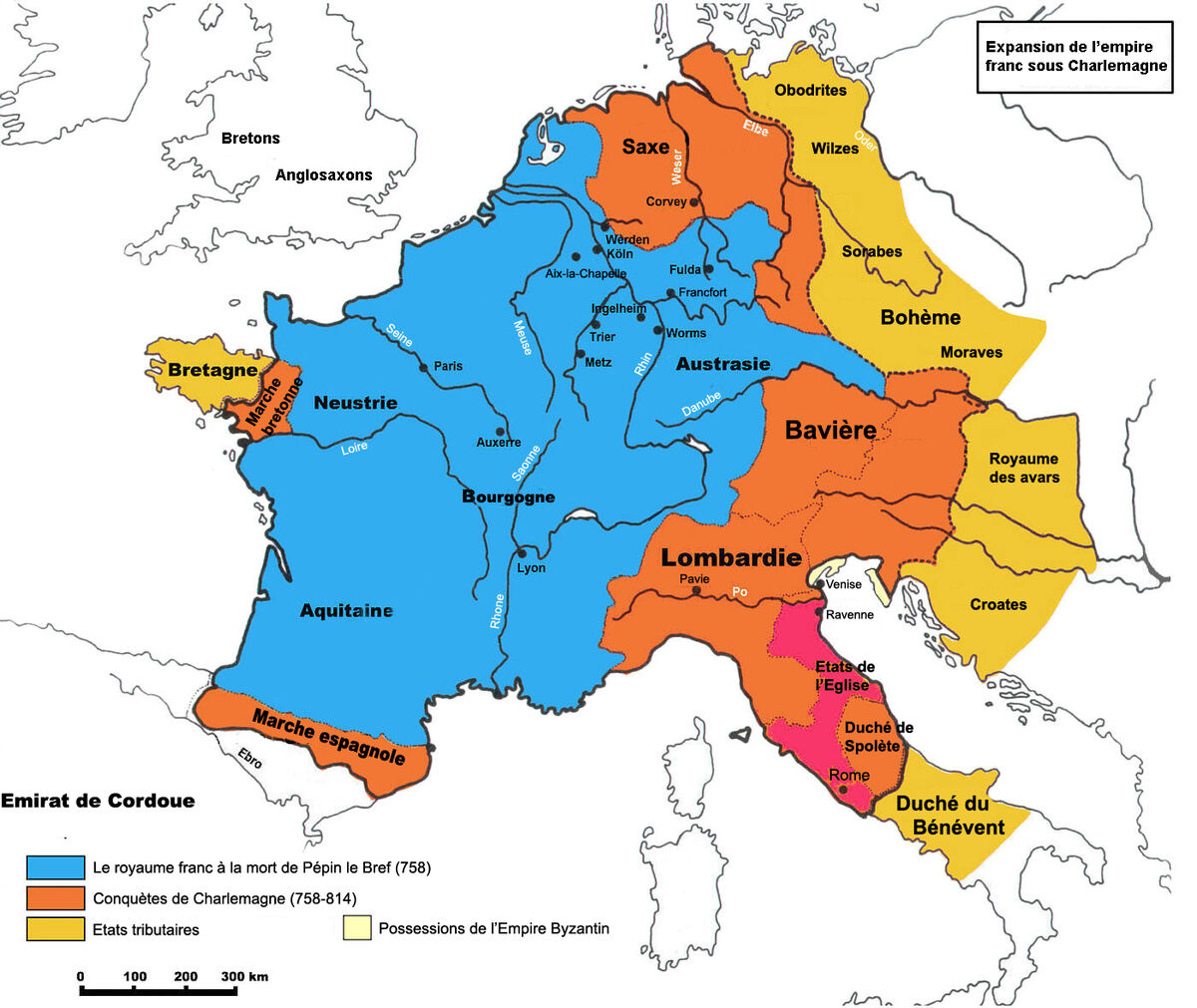
Charlemagne's territorial conquests
He subjugated the Germanic people, the Saxons, the Scandinavians, the Basques and the Catalans. To achieve his aims, he did not hesitate to massacre his enemies, deport them and force them to convert. On conquered territories, Charlemagne built roads and forts. Through his many conquests, Charlemagne revived the notion of a Western Empire. He proclaimed himself emperor of an empire that he had succeeded in restoring.
At the time, however, there was already the Emperor of the East, who took a very dim view of the appointment of a new emperor. What's more, the Pope did not want to lose his role as leader of the emerging Christian Empire. It was only after riots in Rome against the Pope that the latter consulted Charlemagne and proposed that he revive the Empire of the West. However, during the official ceremony at which Charlemagne was made emperor, the Pope made it clear that the new emperor depended on the Church and was subject to it.
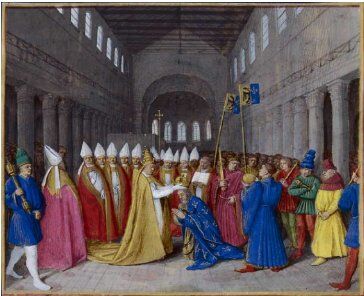
The imperial ceremony
Charlemagne's empire was later merged with the Holy Roman Empire of the West. Charlemagne's military power and Rome's religious power accelerated the Christianisation of the West. Charlemagne undertook the construction of several monasteries. It was also during this era that Christian art developed.
Charlemagne's aim was to continue extending the territory and unifying the commoners or the people through Christianity or Christendom. Wars, which played a key role in the Carolingian Empire, were an instrument that enabled the empire to assert itself over other peoples, enrich the kingdom with the spoils of war, expand its territory and Christianise.
The empire resisted enemies not only through its military strength, but also through the structure of its society. The main tasks were performed by the serfs. These people were subject to their ruler, although they were not considered to be slaves. In addition, the clergy played an increasingly important role in daily life. Because the kingdom was so diverse, religion brought everyone together. The clergy acted as social glue. Moreover, important positions in the organisation of power were often left to members of the Church.
To ensure the smooth running of his empire, Charlemagne needed to have competent administrators at his disposal. For this reason, he introduced numerous measures to promote education and study, including the creation of the Palace School, which would train future administrators. Charlemagne also set up a number of schools near churches and monasteries. Members of the clergy were responsible for educating children and the commoners or the people. Charlemagne also strongly encouraged a return to culture: a return to Antiquity and an opening up to the outside world. This new emphasis on culture had a major impact on the architecture of the period, which was inspired by both Antiquity and Byzantine art.
In 804, Charlemagne was conducting his last military campaigns against the Spanish Arabs, the Bretons and the Slavs. It was not until 812 that the Emperor of the East recognised Charlemagne as Emperor of the West. Charlemagne passed on his power to one of his sons, Louis, in 813, before dying in 814.
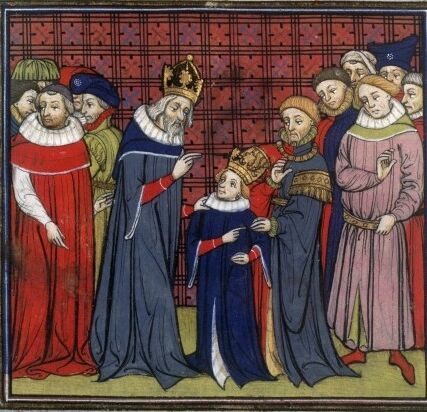
Charlemagne and his son Louis
After his death, the empire he had formed was gradually broken up. This empire held together thanks to Charlemagne's strength of character and his ability to assert himself everywhere.
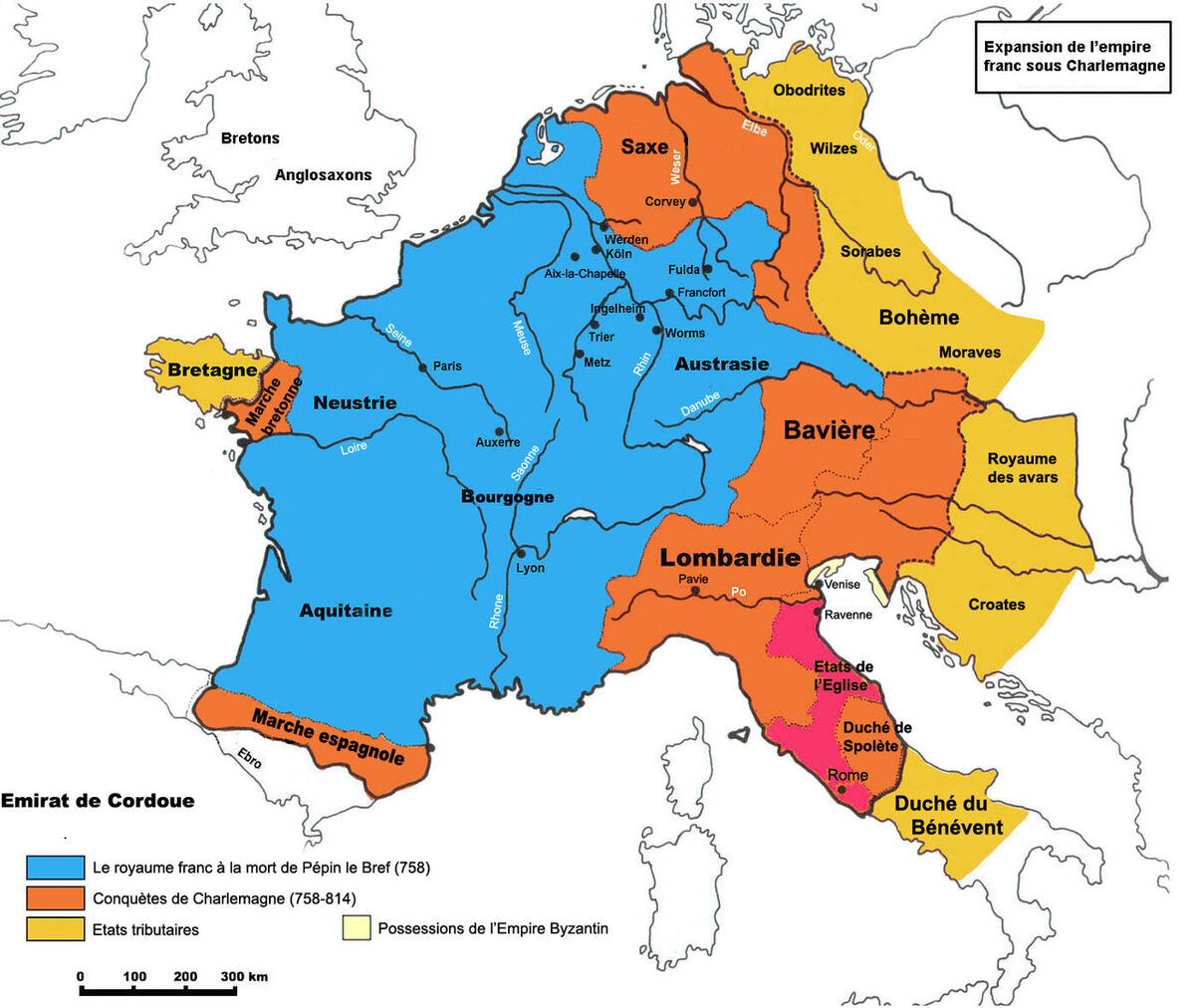
In blue and orange, the Carolingian Empire in 814 on the death of Charlemagne
However, the figure of Charlemagne is still present in myths and legends today. Charlemagne appears in a number of writings from this period, including "chansons de geste et romans chevaleresques".
